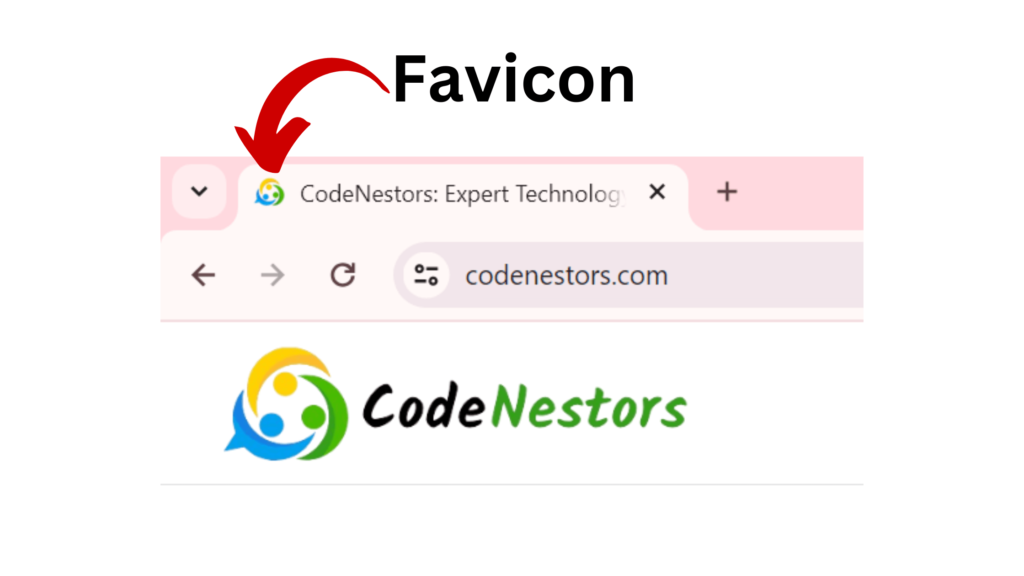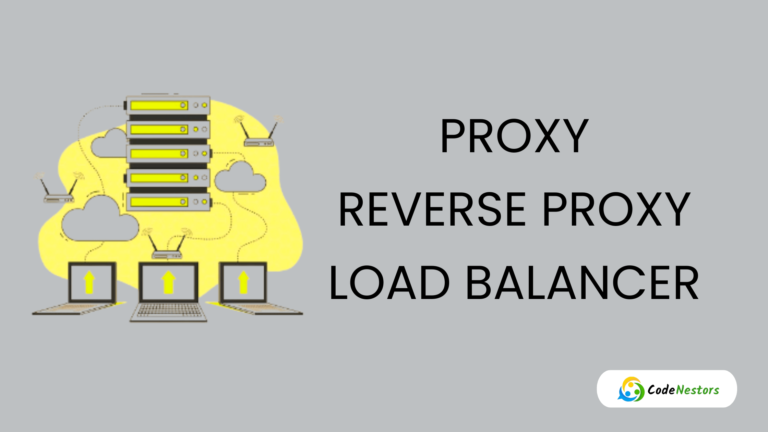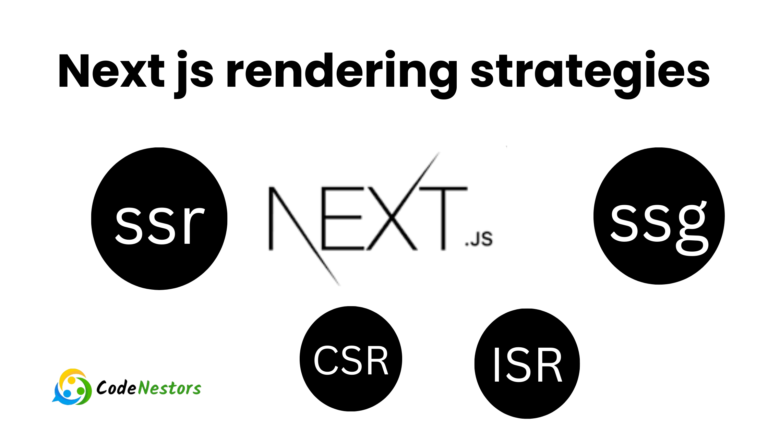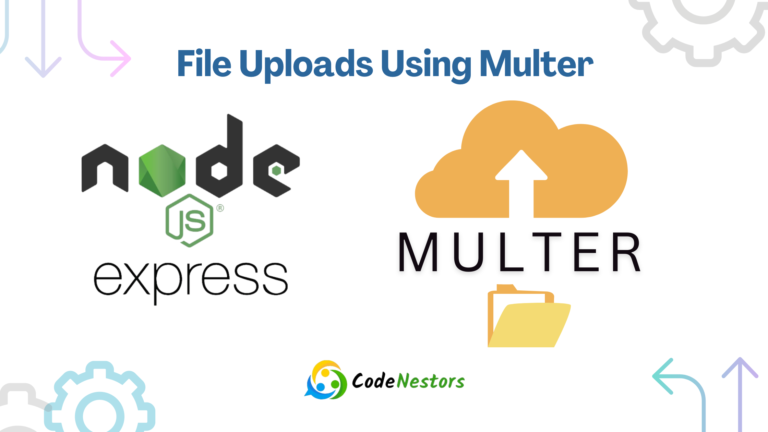Mastering in next js favicon : Implementation with Useful methods
Next.Js has emerged as a dominant force inside the React framework space, offering builders a feature-wealthy, inexperienced surroundings wherein to create contemporary internet programs. When growing a cultural personality, it is essential to take notice of each little element, even the favicon. This comprehensive educational will show you a manner to manipulate Next js favicon in packages simply so your net web site uses a standout icon to represent your brand identity.
Understanding Favicons
Let’s take a second to recognize what favicons are and why they are vital earlier than implementing them in Next.Js. Favorite icons are small images displayed next project web page titles in browser tabs. In addition to serving as a visual identifier on your internet site, it enhances consumer engagement and recognition.
usage Next js Favicon
By imparting built-in aid for producing and serving favicons, Next.Js makes adding favicons to your application easy. Favicons can be seamlessly incorporated into your challenge the usage of the Next/head factor and next.Config.Js.

Favicons are most of the most important pieces of information and play a substantial role in internet improvement. A favicon, which is brief for “favoured icon,” is the little photograph that looks within the tab of the browser next js to the net website call. Your internet site’s image serves as a visible emerge as aware of and enhances purchaser involvement and reputation. In this complete article, we can cover the whole thing you need to understand about dealing with favicons in Next.Js programing.
importance of next js favicon in application
A favicon is extraordinarily critical in a Next.Js utility for several motives:
- Identity and branding: A favicon is a picture that represents your software or website. When users see your website’s favicon in browser tabs, bookmarks, or report lists, they’ll effortlessly recognize it and don’t forget it.
- User Experience: A favicon enhances the user’s enjoy by imparting substantive signals that make navigating simpler. A extraordinary favicon makes it easy for users to discover and navigate among your internet site after they have loads of tabs open.
- Professionalism: Having a favicon gives your Next.js application a polished and professional appearance. It shows attention to detail and demonstrates that you care about the presentation of your site to visitors.
- Benefits of seo: Favicons indirectly increase click-via fees and user engagement at the same time as having little direct effect on search engine optimization. When people see your logo confirmed in search engine results, a well-designed favicon might help them perceive it and click on to your website (SERPs).
- Uniformity Across Devices: Favicons may be observed on more than a few gadgets, together with laptops, pills, smartphones, and desktop computer systems. With using a favicon, your Next.Js application will remain steady in its branding and identity no matter the browser or device it’s far going for walks on.
recommended next js favicon size and extension
- Size: 16×16 and 32×32 pixels are the most usually used in next js favicon sizes. Additionally, it is counseled to apply bigger sizes like 48×48 pixels and 64×64 pixels for gadgets and video display units with extra resolutions. Having several sizes ensures the satisfactory possible presentation on a whole lot of hardware and net browsers.
- Extension: Next js favicon need to be saved in files with the extension ‘.Ico’ , which stands for icon. A large variety of systems and browsers support this layout. But for your next js favicon, you may additionally utilize different widely used photograph formats, like ‘.Png’ or ‘.Svg’ . In order to help various screen resolutions, be cautious to offer several sizes while utilizing PNG or SVG codecs.
Types of method for implement Next js Favicon
There are several methods to use favicons in Next.js application:
1.Static Favicon File: Simply place your next js favicon file in the public directory of your Next.js project and reference it in the HTML head of your pages like this:
<link rel="icon" href="/favicon.ico" />Ensure your favicon file is named favicon.ico for this method to work.
2.Dynamic Favicon Handling: The next/head element is used to dynamically set the following next js favicon for every page. For instance, right here are a few examples:
import Head from 'next/head';
const MyPage = () => (
<div>
<Head>
<link rel="icon" href="/path/to/your/favicon.ico" />
</Head>
{/* Your page content */}
</div>
);
export default MyPage;Replace "/path/to/your/favicon.ico" with the actual path to your next js favicon file.
3.Webpack Plugin: Use webpack and a plugin like favicons-webpack-plugin to automatically generate and manage favicons. A basic example of configuration can be found here:
const FaviconsWebpackPlugin = require('favicons-webpack-plugin');
module.exports = {
webpack: (config, { isServer }) => {
// Add favicons-webpack-plugin to generate favicons
if (!isServer) {
config.plugins.push(
new FaviconsWebpackPlugin({
logo: './path/to/your/favicon.png',
outputPath: 'public/favicons/',
})
);
}
return config;
},
};Replace './path/to/your/favicon.png' with the actual path to your favicon source image.
Select the method that exceptional fits the desires and goals of your task, and make certain your favicon is based and scaled effectively to appearance wonderful on quite a few gadgets and browsers. Adding a favicon in your Next.Js application is a simple however powerful way to make your internet site appear easy and expert.
step-by-step guide to adding favicons to your Next.js
1.Prepare Your Favicon Image:
In order to create a great next js favicon, it is important to acquire or create a wonderful picture. It is recommended that the photo be square and have a minimum resolution of 512×512 pixels in order to achieve best results.
2.Install Dependencies:
If you’re using favicons-webpack-plugin, install it via npm or yarn:
npm install favicons-webpack-plugin --save-dev
OR
yarn add favicons-webpack-plugin --dev3.Configure Webpack:
The favicons-webpack-plugin needs to be configured in your next.Config.Js .
const FaviconsWebpackPlugin = require('favicons-webpack-plugin');
module.exports = {
webpack: (config, { isServer }) => {
// Add favicons-webpack-plugin to generate favicons
if (!isServer) {
config.plugins.push(
new FaviconsWebpackPlugin({
logo: './path/to/your/favicon.png',
outputPath: 'public/favicons/',
})
);
}
return config;
},
};4. Add Favicon to Your HTML Head:
For your Next.Js pages, make certain to import the Head issue from Next/head and encompass the favicon within the head segment:
import Head from 'next/head';
const MyPage = () => (
<div>
<Head>
<link rel="icon" href="/favicons/favicon.ico" />
</Head>
{/* Your page content */}
</div>
);
export default MyPage;You can enhance the visual appeal and user experience of your applications by including a next js favicon. If you want your internet site to stand out from the crowd, you should learn how to control favicons in Next.Js. The information of favicon control is crucial the moment you begin a new project or make changes to an existing one.
FAQs
Can I use an existing image as my favicon, or do I need to create a new one?
While you can use an existing image as your favicon, it’s generally recommended to create a new one specifically tailored to serve as a favicon. This ensures optimal visual clarity and consistency across different devices and browsers.
What formats and sizes should my favicon include to ensure compatibility?
Your favicon should include multiple sizes and formats to ensure compatibility with various devices and browsers. Common sizes include 16×16, 32×32, and 192×192 pixels, and formats such as ICO, PNG, and SVG are widely supported.
How can I test if my favicon is displaying correctly in different browsers?
You can test your favicon by opening your Next.js application in different browsers and devices. Additionally, several online tools allow you to preview your favicon across various platforms and resolutions.





